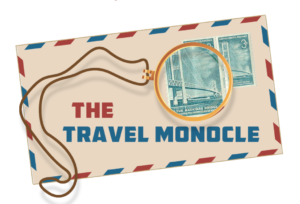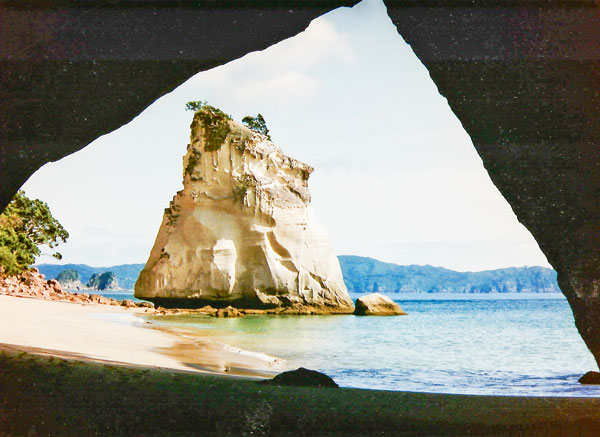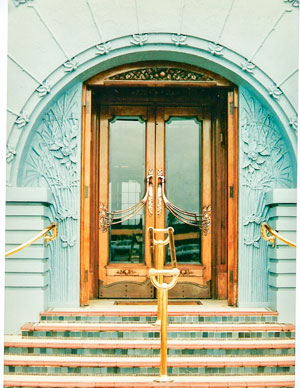New Zealand: Colorado in the South Pacific
Article and photos by Joe Gschwendtner


An exquisite hike to a special place: Cathedral Cove on the Coromandel Peninsula.Our family has visited this magic land in the South Pacific frequently. We’ve tramped hundreds of miles on her world-famous tracks, lived through the Christchurch Earthquake and treated her two islands as our adventure land, writ large. Temperate and identical in area to Colorado, complete with mountains and wildlife; New Zealand is benign, beckoning and environmentally sensitive. Plus, no snakes. If you haven’t been, consider making it number one on your bucket list.
The North Island is the gateway. You’ll touch down in Auckland, the City of Sails, on an isthmus. It is New Zealand’s commercial hub. Don’t immediately rush off; there is much to enjoy. Walk Queen Street and the wharves to shop and dine on fresh seafood. Stroll the Auckland Domain, a 200-acre garden reserve located on the flanks of an extinct volcano. Bungy jump over the harbor.
Let’s assume you have two weeks here. North of Auckland city dwellers is sub-tropical vacation country for the Auckland Kiwis, a native flightless bird with hair-like feathers and a down curved bill. Key attractions are cruises in the Bay of Islands, routine dolphin sightings, Kauri forests that are up to 2000 years old, Ninety Mile Beach, Waitangi and more. One could spend weeks here, but don’t; it gets better yet down south.
Return through Auckland and head southeast to the Coromandel Peninsula. Loop into it from the north. Once a hippy outpost, each small town is eclectic, easily explorable on foot. For hiking, the Kauaeranga Valley offers numerous walks. At the peninsula’s tip is the famed 11km Coromandel Walk. Climb 1,700 feet to the summit of Castle Rock. Two more attractions are compellingly spectacular: Cathedral Cove via a 45-minute hike and Hot Water Beach, where hot springs bubble up from the sands.

Rothmans Building, Napier, New Zealand. The grand and ornate entrance to the Rothmans Building, Napier, New Zealand.
Vector south to national park country. Rotorua is New Zealand’s Yellowstone without mountains. This dense geothermal area offers rainbow muds, mineral pools and world-renowned spouting geysers. Close by is the enchanting resort town and skydiving capital, Lake Taupo. This 600-foot deep lake was formed by a crater remaining from a 186 AD eruption. There’s not much you can’t do there.
Head east to Hawke’s and Gisborne Bays. A vast coastal expanse, it brims with magnetic appeal to architects, wine aficionados, and those with fun-in-the-sun tendencies. Extensive sunshine and ocean breezes are ideal for chardonnay and gewürztraminer grape cultivation. Napier is an outdoor art deco museum. Utterly destroyed in 1931 by a magnitude 7.9 earthquake, the town became a historic do-over. Townsfolk chose the Saarinen art-deco style of the day and so Napier’s buildings, nicely maintained, are a treat for the architectural romantic in you.
On the way south to Wellington, there are two national parks vying for attention, Mt. Egmont and Tongariro which is a United Nations Educational Scientific Cultural Organization (UNESCO) World Heritage site. Hikes there are impossibly spectacular. When short on time, see Tongariro. A potpourri of colors awaits in rainforests, streams, lakes and steaming fumaroles.
Finally, meander south to Wellington, the government seat. It compares nicely to San Francisco. Windy “Welly” calls your name. Dine on Cuba Street. See the beehive, the common name used for the executive wing of the New Zealand Parliament buildings. Ride the cable car. The gem is Te Papa, the definitive museum addressing New Zealand’s bi-cultural history and emphasizing the Maoris, whose land it once was.
Part II, The South Island coming in February…